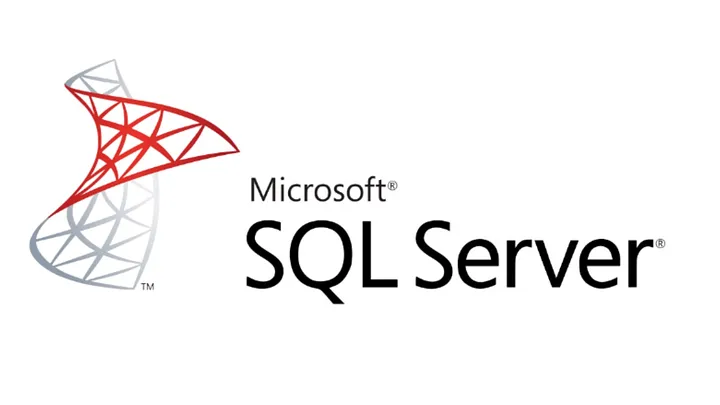
MSSQL is widely recognized for its robust data management and storage solutions, and many users are familiar with its powerful features. However, one lesser-known but incredibly powerful feature of MSSQL is System-Versioned Temporal Tables. This feature allows you to track changes to your data over time and easily query historical data.
What are Temporal Tables?
Temporal tables are a feature in SQL Server that enables automatic tracking and storage of data history. While normal tables only store the current state of the data, temporal tables retain historical versions of the data. This feature is especially useful for scenarios where you need to track changes over time, such as auditing, financial transactions, or data analysis.
How Do Temporal Tables Work?
Temporal tables operate with two tables:
• Main Table: Stores the current data.
• History Table: Stores the previous versions of the data. Every time a row is updated or deleted, the old version is moved to the history table.
When you create a temporal table, MSSQL automatically adds timestamps and moves the old data to the history table as updates occur. This eliminates the need for manual intervention and ensures that your historical data is preserved.
Creating a Temporal Table
Here is a simple example of creating a temporal table:
CREATE TABLE Customer
(
CustomerID INT PRIMARY KEY,
Name NVARCHAR(100),
Email NVARCHAR(100),
ValidFrom DATETIME2 GENERATED ALWAYS AS ROW START NOT NULL,
ValidTo DATETIME2 GENERATED ALWAYS AS ROW END NOT NULL,
PERIOD FOR SYSTEM_TIME (ValidFrom, ValidTo)
)
WITH (SYSTEM_VERSIONING = ON (HISTORY_TABLE = dbo.CustomerHistory));In this table, the SYSTEM_VERSIONING feature is enabled, meaning SQL Server will automatically move older versions of the data to the CustomerHistory table whenever changes are made to the Customer table.
Querying Data with Temporal Tables
One of the key benefits of temporal tables is the ability to easily query data as it existed at a specific point in time. For example, to retrieve the state of the Customer table as of October 1, 2024, at 12:00 PM, you can use the following query:
SELECT *
FROM Customer
FOR SYSTEM_TIME AS OF '2024-10-01 12:00:00';This query returns the data as it was at the specified timestamp. The ability to query data from any point in time is one of the most powerful aspects of temporal tables.
Advantages of Using Temporal Tables
1. Historical Data Tracking: You can easily track when and how data changes occurred. This is valuable for auditing, reporting, or debugging purposes.
2. Data Recovery: If data is accidentally deleted or updated, you can easily retrieve the previous version from the history table.
3. Reduced Development Effort: Temporal tables eliminate the need for custom solutions to track data changes, as SQL Server manages the history for you.
Drawbacks and Considerations
While temporal tables are powerful, they may not be suitable for every use case. Some of the downsides include:
• Storage Requirements: Since all historical data is stored, the storage requirements can increase over time.
• Performance: Querying large datasets with extensive history might affect performance, so careful data archiving strategies should be implemented.
Conclusion
Temporal tables are one of the lesser-known but powerful features of MSSQL. This feature is particularly important in systems where tracking historical data is crucial. By minimizing the risk of data loss and allowing easy access to historical data, temporal tables can significantly improve the security and traceability of your data.
Whether you’re dealing with auditing, compliance, or simply need a way to track changes over time, temporal tables provide a valuable solution that can simplify your database management and reduce development costs. If you’re using MSSQL and haven’t explored temporal tables yet, now is the time to start investigating how this feature can benefit your system!
